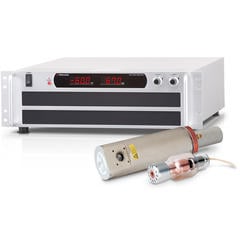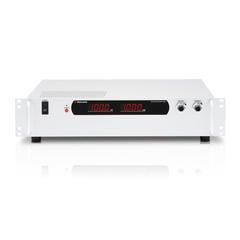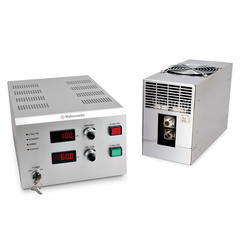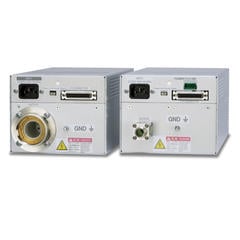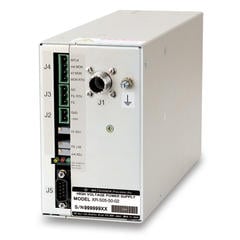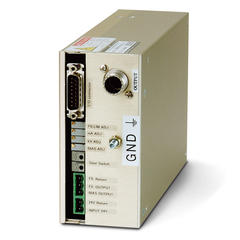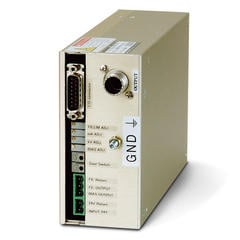- Baggage Inspection
- Baggage screening is an inspection to prevent the introduction of dangerous items (knives, firearms, chemicals, and other illegal items) when using airplanes and vehicles, facilities. It includes metal detectors, X-rays, and liquid inspection.
- Baggage Inspection by X-Ray
- As used in X-rays, X-rays penetrate through objects. The transmittance of X-rays varies depending on the density of the object, allowing the inside of the object to be projected. Therefore, X-ray inspection equipment can penetrate the contents of luggage without opening it, and detect dangerous objects such as knives, firearms, and plastic explosives.
- Metal detectors
- Metal detectors use electromagnetic induction. When a coil carrying an electric current is brought close to a metal conductor, a secondary magnetic field is generated by electromagnetic induction. This secondary magnetic field is used to detect the presence of metal.
- liquid inspection
- Near-infrared light is used in the inspection of liquids in containers. Since the wavelength of the light absorbed differs depending on the type of liquid, the spectrum of the transmitted light is analyzed to identify alcohol and flammable liquids.
Baggage Inspection by X-Ray
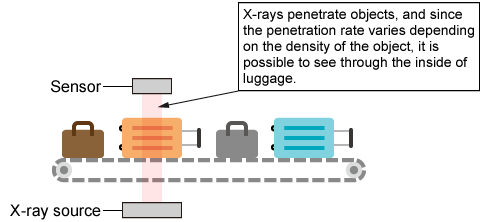
How Metal Detectors Work
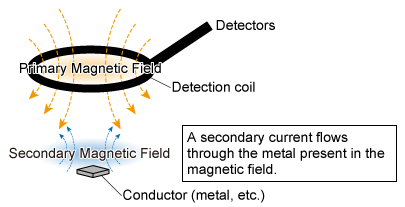
Matsusada Precision offers a wide range of products, including X-ray sources for baggage inspection and compact power supplies to drive metal detectors and liquid inspection equipment.
- Related words:
-
- baggage inspection
- cargo screening
- explosive detection systems (EDS)
- metal detector
- X-ray
- liquid
- hazardous material
- medicine
- knife
- coil
- electromagnetic induction
Recommended products
Information on related articles in Technical Knowledge
- Non-Destructive Testing: Types and Applications
- What are X-rays? (Basic Knowledge)
- Principles of Radiography
- Types of X-ray tubes and high-voltage power supplies
- How to use X-ray Inspection System safely
- What is the difference between radioactivity, radiation, and radioactive materials?
- Radiation Effects on the Human body and the safety of X-ray equipment




